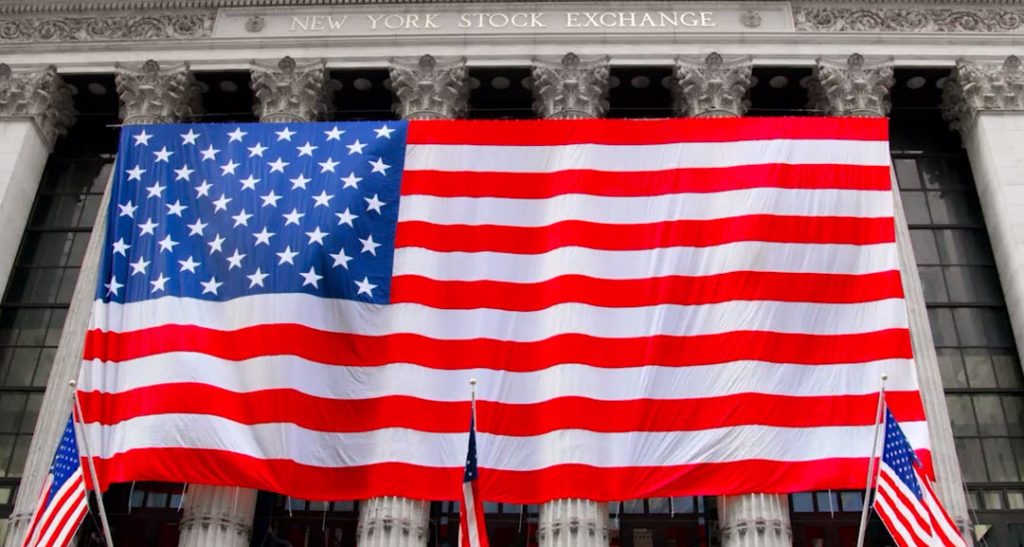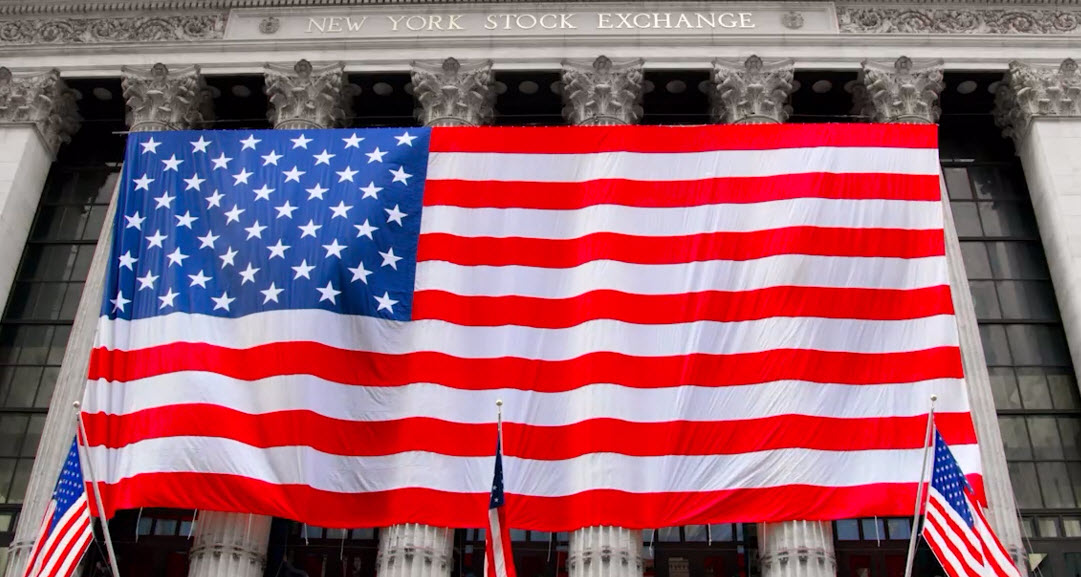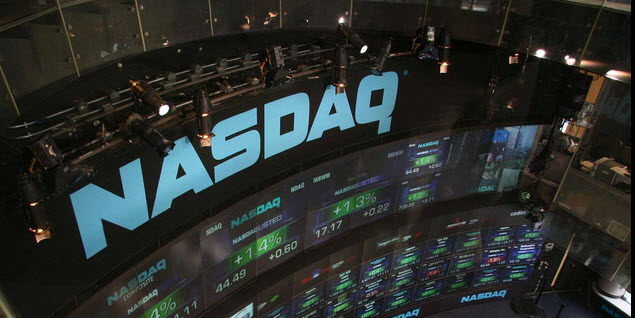The New York Stock Exchange (NYSE) is the largest equity exchange in the world by market capitalization and one of the most historically significant financial institutions in global capital markets. Located at 11 Wall Street in New York City, the NYSE is operated by Intercontinental Exchange (ICE), which acquired it in 2013. It remains a central hub for securities trading, capital formation, and price discovery for publicly listed companies based in the United States and abroad.
The exchange plays a key role in maintaining market efficiency, liquidity, and regulatory oversight for listed securities. Its hybrid structure—combining traditional floor-based trading with advanced electronic systems—allows for continuous market access while preserving the role of human judgment in high-volume and complex transactions. As a result, the NYSE is often viewed as a benchmark for transparency and credibility in global equity markets.

Structure and Function
The NYSE operates as an auction market where buyers and sellers place orders through a network of brokers and dealers. Unlike purely electronic exchanges, the NYSE incorporates Designated Market Makers (DMMs), formerly known as specialists, who facilitate orderly trading in assigned securities. These participants are responsible for maintaining fair and orderly markets by providing liquidity, quoting bid-ask spreads, and managing price discovery during volatile periods or large transactions.
Trading on the NYSE is conducted during standard market hours, beginning at 9:30 a.m. and ending at 4:00 p.m. Eastern Time. While pre-market and after-hours trading exist, the bulk of volume and price-setting activity occurs during the official session. The opening and closing auctions are particularly important, as they often see concentrated trading volumes and establish reference prices used by institutional investors and benchmark providers.
The exchange supports various order types and routing strategies through its electronic trading platform, NYSE Pillar. The system allows high-speed, low-latency order execution while still integrating the floor-based component for securities that benefit from additional human oversight. The exchange also facilitates cross orders, auctions, and complex transaction types under its regulatory framework.
Listing Standards and Governance
Companies that wish to list on the NYSE must meet specific quantitative and qualitative listing requirements. These standards include minimum thresholds for market capitalization, earnings, and shareholder equity, as well as governance and transparency obligations. Once listed, companies must comply with ongoing reporting requirements set by the Securities and Exchange Commission (SEC), as well as NYSE-specific rules.
Corporate governance standards enforced by the NYSE are considered among the most stringent globally. These include board independence requirements, audit committee oversight, and timely disclosure of material information. For foreign companies seeking a U.S. listing, the NYSE provides mechanisms for dual listings, American Depositary Receipts (ADRs), and other structures that align with international regulatory frameworks.
In exchange for access to U.S. capital markets, listed firms gain visibility, analyst coverage, and credibility among global investors. The NYSE’s brand value and institutional reputation are often cited as reasons companies prefer listing there over competing exchanges. However, the listing process also involves rigorous scrutiny, underwriting costs, and public disclosure obligations that may not suit all firms.
Market Impact and Economic Role
As the primary exchange for many of the world’s largest corporations, the NYSE is deeply integrated into the structure of the global economy. The companies listed on the exchange represent a broad range of sectors, including technology, finance, healthcare, industrials, and consumer goods. The market capitalization of the NYSE routinely exceeds $25 trillion, making it a central venue for equity price formation.
Institutional participation on the NYSE is significant, with pension funds, mutual funds, insurance companies, and sovereign wealth funds executing large volumes of trades. The exchange serves as a conduit through which capital flows into the productive economy, allowing firms to raise funding for expansion, innovation, and employment. The IPO process, managed through the NYSE, also plays a critical role in providing access to public markets for private enterprises.
In addition to primary market functions, the NYSE supports secondary market liquidity, allowing existing shareholders to buy and sell shares efficiently. This liquidity reduces the cost of capital for companies and enhances investor confidence. Market data provided by the NYSE feeds into asset pricing models, index construction, and financial research across institutions and academic fields.
Regulatory Environment and Oversight
The NYSE is regulated by the SEC and operates under a self-regulatory organization (SRO) model. It is responsible for enforcing its own rules among listed companies and member firms, subject to oversight and approval by the SEC. This dual role places the NYSE in a unique position, as it both facilitates trading and enforces compliance within its marketplace.
Rules cover areas such as trading conduct, reporting obligations, and market abuse prevention. Surveillance systems monitor order flows, trading patterns, and price anomalies in real time. The exchange works with regulators to identify potential violations of securities laws, including insider trading, front-running, and market manipulation.
As part of its transparency obligations, the NYSE publicly discloses data on trading activity, order book depth, and market quality metrics. These disclosures support fair access to market information and enable investors to evaluate execution quality and price fairness.
Evolution and Technology Integration
The modern NYSE is vastly different from its historical origins, which date back to the Buttonwood Agreement of 1792. The introduction of electronic trading, algorithmic strategies, and high-frequency execution has transformed the pace and nature of trading activity. The NYSE has adapted by investing in infrastructure, consolidating platforms, and offering colocation services for institutional clients.
The transition to electronic markets has increased competition from other venues, such as Nasdaq and alternative trading systems (ATSs). While the NYSE continues to operate a physical trading floor, its role has shifted toward managing auctions and supporting price stability during periods of stress. Most order flow is now routed through the exchange’s electronic systems, with latency measured in microseconds.
Technological integration also includes connectivity to global markets. The NYSE offers data feeds, analytics, and connectivity solutions that allow participants to access international securities, monitor real-time trends, and execute across multiple asset classes. The goal is to provide comprehensive market access while maintaining core regulatory and market integrity standards.
Final Thoughts
The New York Stock Exchange remains a cornerstone of global finance, balancing tradition with innovation. Its role in facilitating capital formation, providing liquidity, and enforcing market standards continues to make it a trusted venue for companies and investors alike. While market structure has evolved, and electronic competition has intensified, the NYSE’s commitment to transparency, governance, and execution quality keeps it relevant in a changing landscape.
For traders, the NYSE offers consistent liquidity and deep market participation. For issuers, it provides visibility and access to a broad base of investors. For regulators and policymakers, it serves as both a financial barometer and a platform through which market conduct can be monitored and enforced.
The institution’s significance lies not only in its scale, but in its role as a structured, rules-based environment in which capital, risk, and opportunity intersect. As capital markets evolve, the NYSE’s ability to adapt while preserving its foundational principles will continue to shape its place in the financial system.






